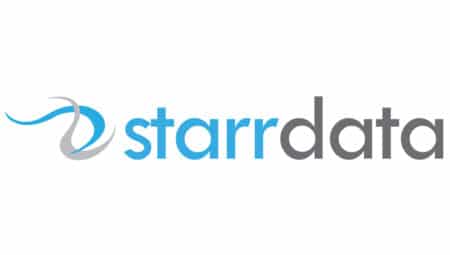If you’re like most customers, you already have existing data when you become a salesforce.com customer. A key task in getting Salesforce CRM up and running is getting your data from its current location into Salesforce CRM.
The following tips for importing Salesforce data are best practices that we use to help our customers import their Salesforce data while keeping their records clean and avoiding duplicates.
CSV files cannot have any commas.
- Do a “Find & Replace” to find commas and replace with nothing before importing or your data will end up in the wrong field.
- CSV stands for Comma Separated Values so if a comma is in a cell, then the import will move everything after the comma to the next cell. Each comma shifts the data by one cell.
Remove all duplicates before importing data.
- It is easier to remove duplicates from a spreadsheet than merging them in Salesforce.
- The Import Wizards will attempt to merge duplicate accounts, contacts and leads but you will stand a better chance of a clean import if you clean them yourself
- The Data Loader, or Excel Connector, will not attempt to merge any duplicates.
Compare data already in Salesforce before importing more.
- Use the Excel Connector or Apex Data Loader and V-lookup to compare new records against existing records before importing. If you have under 10,000 records of the type you want to import, export matching information (like email, phone, company, name, etc. along with the Salesforce record ID. Then do a V-lookup from your import sheet to your exports to see if any return an ID as a match.
- Consider using a third party app from the AppExchange if you regularly import records and you have too many for the above to be practical. Apps like RingLead or Dupe Blocker will check your list against your database before import and flag duplicates.
Do a small import first
- Import 5-10 records first to make sure they uploaded as expected before importing all records.
- Be sure to check that zip codes and phone numbers are formatted correctly and that the data is in the right fields
- If they all look good, then you can do the main import – Be sure that the first imported records are removed from your main list before importing them or you may end up with duplicates.
CSV files do not save formatting
- After formatting columns for Number, Date, or Zip Code, save the CSV but keep it open when importing or formatting (like leading zeros in zip codes) will be lost – Use Excel’s special formatting for zip codes and dates.
- Date formatting is different for the import wizards and the Data Loader – For the import wizards, see article 97633 in Salesforce help. For the Data Loader, see articles 101977, 344999 and 105697 in Salesforce help. The Data Loader articles also cover time zone differences that you should be aware of.
Search before creating records manually.
- A quick search will tell you if the contact or account already exists before creating it.
Use validation rules to maintain your data structure.
- By using validation rules, you can enforce data formatting such as two letter states or three letter country codes.
- Be sure to test your rules against all scenarios – If you create a rule that says a pick list cannot be changed, what happens if there are blank values in existing records? Be sure to let your users know when you create new rules so they know what to expect when you activate them.
- Salesforce has a list of sample validation rules that you can use as a start or to get ideas from – Search for “Examples of Validation Rules” in Salesforce help for the help topic of the same name.
Use “Required Fields” where needed, but don’t over do it.
- On certain objects, required fields may be necessary, such as Phone or Status fields but if you make every field required, records may not be created or false data may be entered.
Use reports to check data integrity on a regular basis.
- Create reports for your different objects and include the fields that are most important to you. Sort by those columns to do a spot check on their utilization.
- For Enterprise and above, you can use free apps from the AppExchange to tell you how complete records are or how much a field is used – Field Trip and % Complete are both free and will give you.
StarrData is a Salesforce Partner that helps companies deploy, simplify and support Salesforce.com. If you would like information on the services we offer call us at (888) 391-4493 x101.


